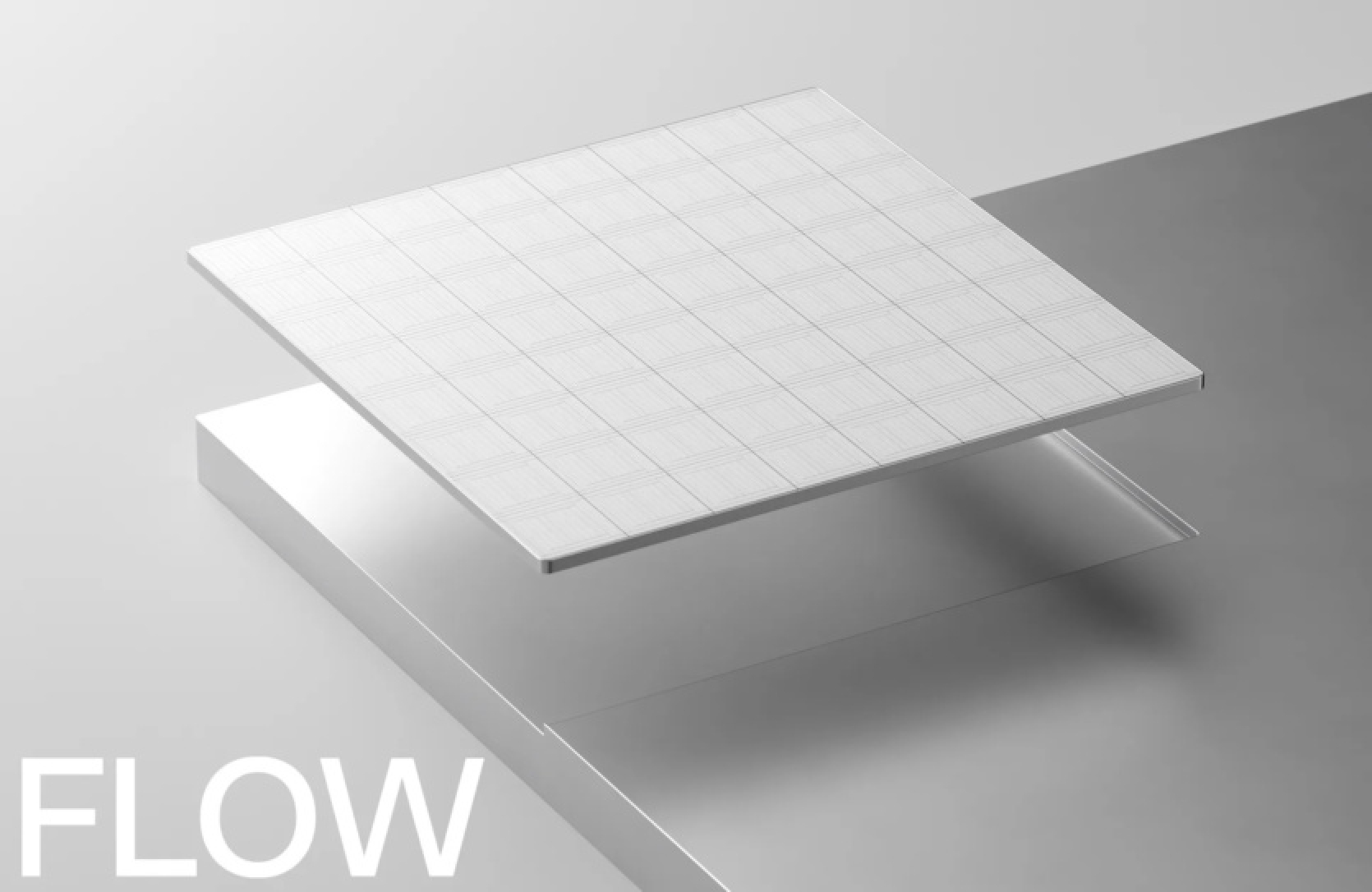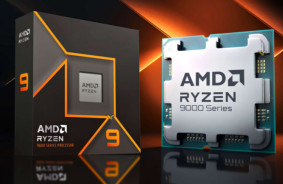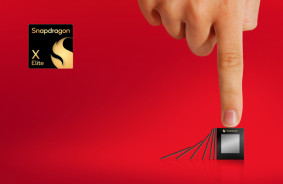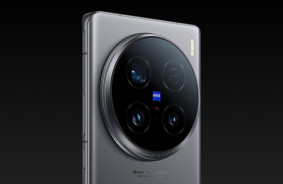Finnish startup Flow Computing promises a unique revolution in the field of computer computations. It claims that by adding its companion chip, any CPU can instantly double its performance, and with software settings and optimizations, efficiency can increase up to 100 times.
Flow is a division of the Finnish research organization VTT, which resembles a national laboratory. The chip technology it commercializes under the brand Parallel Processing Unit is the result of research conducted in this laboratory (although VTT is an investor, intellectual property belongs to Flow).
Although CPUs have come a long way in evolution, they have not changed in some fundamental aspects. Their main limitation is that, as sequential, not parallel processors, they can only perform one action at a time. While modern processors are capable of quickly distributing tasks among multiple cores and threads, all these ways to adapt to the single-lane nature of the CPU. GPUs, on the other hand, perform many related computations simultaneously, but specialize in specific operations.
“The CPU is the weakest link in computations,” said Flow's co-founder and CEO Timo Valtanen. “It does not meet its task, and this will need to be changed.”
Processors have become very fast, but still do not optimally execute instructions due to the main limitation - simplistically speaking, one task must be completed before the next one begins. Flow claims to have eliminated this limitation, turning the CPU from a single-lane street into a multi-lane highway. The CPU is still limited to executing one task at a time, but Flow's PPU essentially performs traffic management functions on a nanosecond scale on the chip, to move tasks into and out of the processor faster than was possible before. The PPU does not increase clock frequency and does not push the system in other ways that can lead to additional energy consumption and heat dissipation. It simply makes more efficient use of the CPU cycles that are already happening.
Importantly, there is no need to change code or architecture for the PPU to work efficiently. In fact, any code can be executed twice as fast on any chip without any modifications, except for integrating the PPU with the crystal.
So, unlike a software product, Flow's technology needs to be integrated at the chip architecture development level. That is, it does not work in hindsight with any processor. Flow has shown that its technology works in test systems based on FPGAs, but chip manufacturers would have to allocate enough resources to see the benefits being discussed. However, if without significant architectural changes, CPU manufacturers can double the performance of their CPUs simply by implementing minor changes in the crystal, this should be a significant incentive for such work to be done.
Further performance gains are achieved through refactoring and recompiling software to work better with the combination of PPU-CPU. Flow says it has seen increases up to 100 times thanks to code that has been modified (although not necessarily completely rewritten) to take advantage of its technology. The company is working on offering recompilation tools to simplify this task for software developers who want to optimize their products for chips with Flow support.
Source: techcrunch














Comments (0)
There are no comments for now